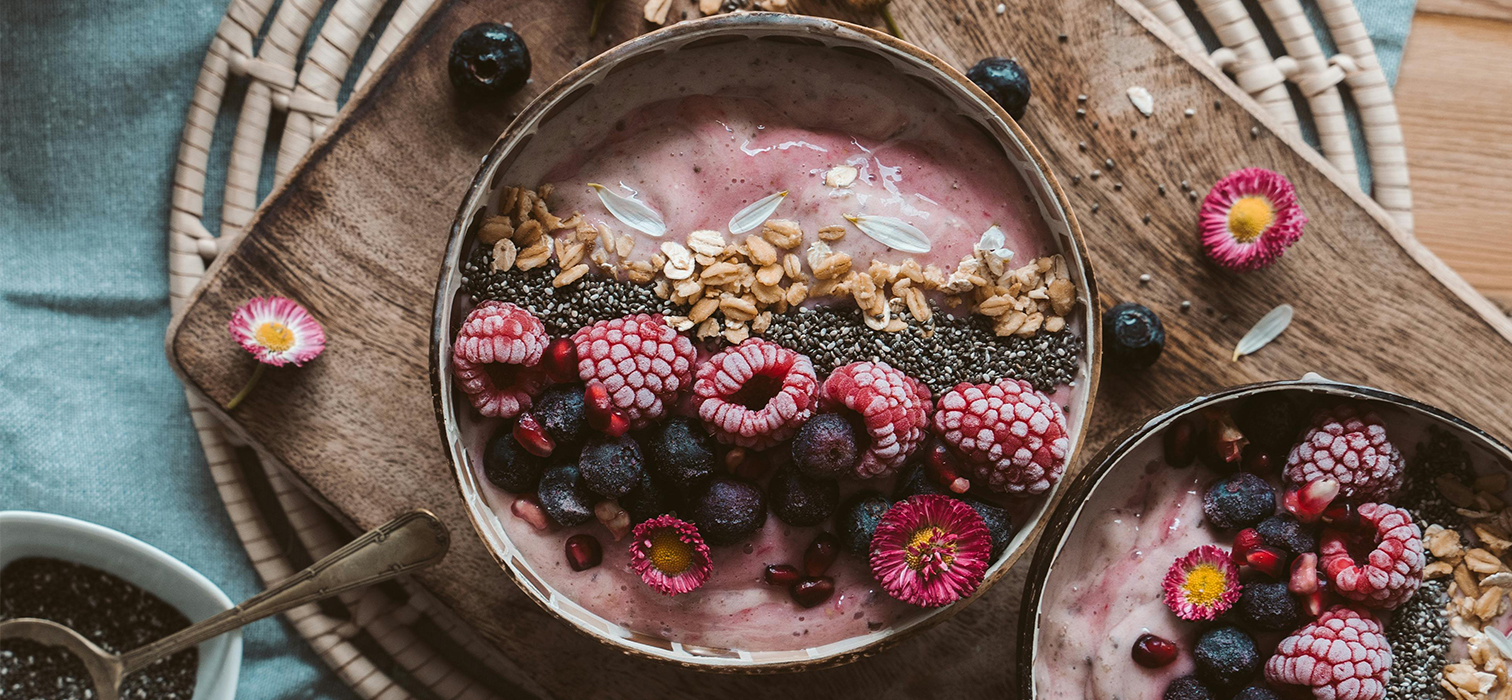
Fad diets that promise rapid weight loss are long out of fashion. Instead, many celebrities, including Zac Efron, have turned to the Blue Zone Diet, inspired by the world’s longest-living populations.
But what exactly is the Blue Zone Diet? What do its followers eat and drink, and where do they live? Discovered around two decades ago and now back in the spotlight, the Blue Zone diet hold the secrets to a longer, healthier life. Dietitian Aysu Onur shares key insights into this fascinating way of eating.

How did the concept of Blue Zones enter the literature?
The term Blue Zone refers to specific regions around the world where people enjoy exceptionally long and healthy lives. Thanks to their dietary habits, they not only reach impressive ages but also remain free from chronic diseases.
The journey to identifying these zones began in 2000 when National Geographic journalist Dan Buettner turned his attention to Okinawa, Japan—the first recognized Blue Zone. Fascinated by the longevity and eating patterns of its inhabitants, Buettner embarked on a long journey of discovery, ultimately bringing the Blue Zones concept into scientific and popular literature. These regions stand out not only for their extended lifespans but also for their remarkably long healthspans—the number of years lived in good health.
Where are the Blue Zones?
Research identifies five regions where people consistently live longer than the global average:
Okinawa, Japan
Nicoya Peninsula, Costa Rica
Loma Linda, California, USA
Ikaria, Greece
Sardinia, Italy
Experts believe that diet plays a crucial role in the longevity of Blue Zone inhabitants. Their lifestyles also share key characteristics: a predominantly plant-based diet, mindful eating habits, high levels of physical activity, and strong family and social connections—all essential elements for a long and fulfilling life.


STARRING: FRUITS AND VEGETABLES
What do the long-lived people of the Blue Zone eat and drink?
A staggering 95% of their diet consists of plant-based foods, with fruits and vegetables playing a central role in their daily nutrition. Not only is their consumption remarkably high, but the produce they eat is also locally grown and organic. Some of the most essential foods contributing to longevity include leafy greens such as spinach, kale, beet and turnip greens, and chard.
What about meat and protein consumption?
Meat is eaten sparingly—no more than twice a week, and for some, even less. On average, meat consumption is limited to five times a month and comes exclusively from free-range chickens or lambs raised on family farms. Processed meats are completely absent from their diet, and beef and turkey are not consumed at all.

Seafood and fish?
Fish appears on their plates only 2–3 times a week, and they are highly selective about what they eat. They avoid farmed fish raised with antibiotics and other chemicals, as well as species high in mercury or at risk of endangerment.
Eggs and dairy products…
Eggs come from naturally fed, free-range hens that mature at a natural pace without hormones or antibiotics. Blue Zones residents consume 2–4 eggs per week. Dairy consumption is minimal, with cow’s milk, cheese, butter, and cream eaten only occasionally. Instead, they opt for small amounts of goat or sheep milk products a few times a week.
How do they approach grains and legumes, which some diets say should be avoided?
For Blue Zones residents, whole grains, sourdough bread, and legumes are essential staples. In fact, they consume at least four times more legumes than the average diet. Alongside grains and legumes, they include two handfuls of oilseeds—such as walnuts, almonds, and hazelnuts—daily. This practice helps lower LDL cholesterol levels and contributes to their remarkably long lifespans.

10 Essential Foods for the Blue Zone Diet
• Legumes – A staple in the Blue Zone diet, including chickpeas, lentils, beans, and kidney beans, packed with protein and fiber.
• Nuts – Nutrient-dense options like almonds, walnuts, and hazelnuts, providing healthy fats and antioxidants.
• Dark Green Leafy Vegetables – Powerhouse greens such as spinach, kale, chard, beet leaves, and fennel leaves, rich in vitamins and minerals.
• Sweet Potato
• Olive Oil
• Fruits
• Oats
• Turmeric
• Avocado
• Salmon
Who is dietitian Aysu Onur?

A graduate of Yeditepe University’s Department of Nutrition and Dietetics, Dietitian Aysu Onur specializes in elimination diets for infants and children with food allergies, as well as breastfeeding mothers with food allergies. She also focuses on diet therapy for food intolerances, chronic diseases, and healthy weight management at a private center. Additionally, she designs nutrition plans for patients with cardiovascular diseases and conducts scientific and social studies in the field of nutrition and diet.



